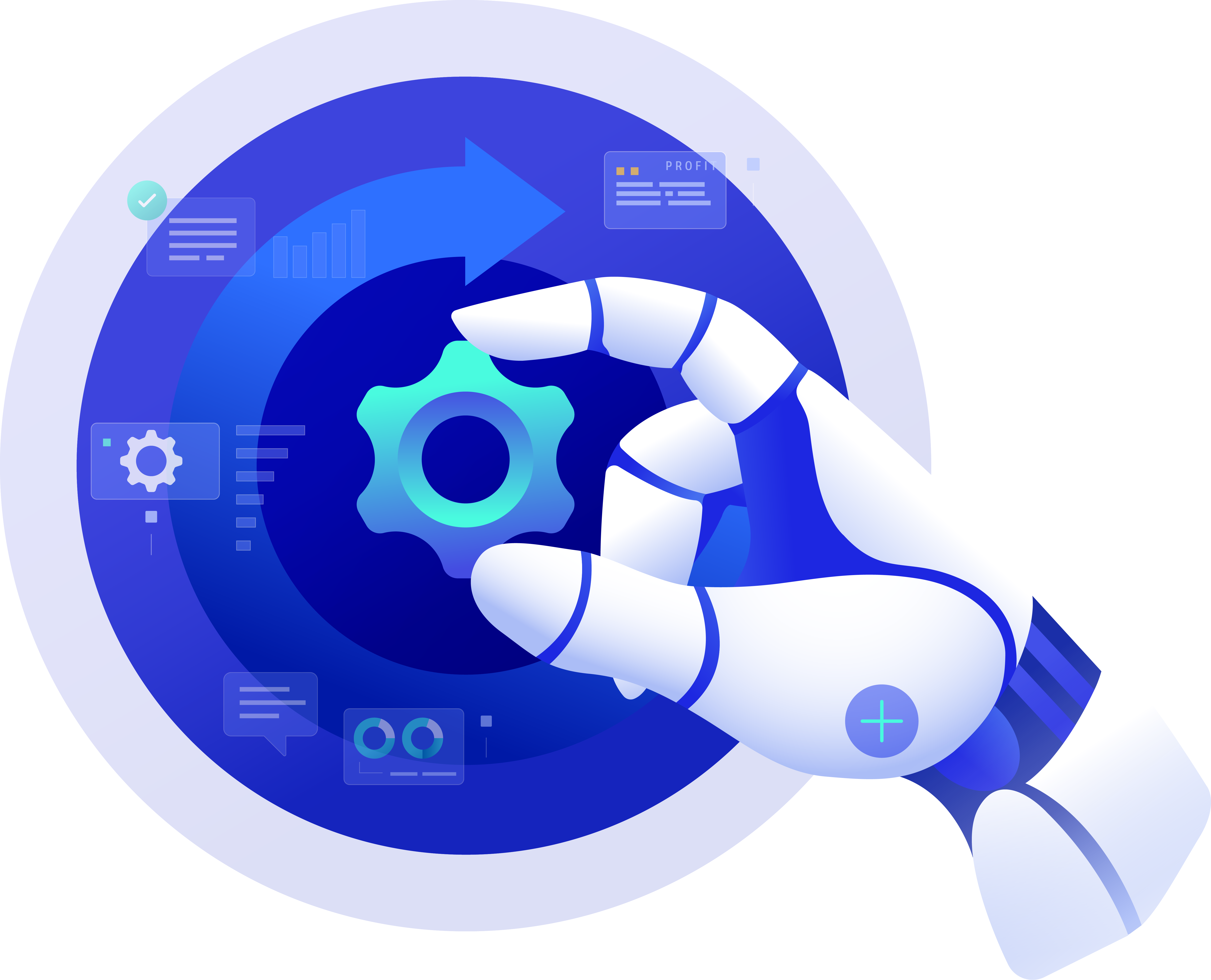RAG vs. Fine-Tuning: Choosing the Right LLM Strategy for Your AI Initiative
.webp)
RAG vs. Fine-Tuning: Choosing the Right LLM Strategy for Your AI Initiative
Large Language Models (LLMs) are transforming enterprise applications, from intelligent chatbots to automated content generation. However, selecting the right approach—Retrieval-Augmented Generation (RAG) or fine-tuning—can significantly impact your AI initiative’s success. At KLUGSYS, we specialize in guiding enterprises through this decision, ensuring alignment with business goals, cost efficiency, and scalability. This blog dives deep into the differences, benefits, challenges, and strategic considerations of RAG and fine-tuning, helping you make an informed choice.
What Are RAG and Fine-Tuning?
RAG combines LLMs with external knowledge retrieval systems, enabling real-time access to up-to-date information without retraining the model. For example, a retail company might use RAG to power a chatbot that queries live inventory databases, providing instant answers about product availability. Fine-tuning involves training an LLM on domain-specific data to enhance performance for specialized tasks, such as drafting legal contracts or diagnosing medical conditions. It tailors the model to understand niche terminology, but requires significant computational resources. KLUGSYS leverages both approaches to deliver tailored AI solutions.
Benefits of RAG and Fine-Tuning
Each approach offers unique advantages, and KLUGSYS customizes them to meet your needs:
- RAG Benefits:
- Cost-Effective: Avoids expensive retraining, saving computational resources.
- Scalable: Handles large, dynamic datasets, ideal for industries with frequent updates.
- Real-Time Updates: Retrieves the latest information, ensuring relevance.
- Flexibility: Adapts to applications like customer support or market research.
- Low Maintenance: Minimal updates to the core model reduce costs.
- Fine-Tuning Benefits:
- High Precision: Excels in specialized tasks like legal or medical applications.
- Contextual Accuracy: Understands industry-specific language and nuances.
- Enhanced Performance: Reduces errors in niche tasks.
- Customizability: Aligns with your unique data and workflows.
- Competitive Edge: Proprietary models offer unique capabilities.
Challenges and Trade-Offs
RAG requires robust knowledge bases and efficient retrieval systems, which can be complex to implement. It may struggle with highly specialized tasks needing deep domain expertise. Fine-tuning demands high-quality datasets and significant computational power, increasing costs, with risks of overfitting. KLUGSYS mitigates these by designing hybrid solutions, combining RAG’s flexibility with fine-tuning’s precision for complex use cases.
Real-World Use Cases
KLUGSYS has deployed both approaches across industries:
- RAG: A global e-commerce client used RAG to power a chatbot, reducing response times by 40% through real-time inventory queries.
- Fine-Tuning: A law firm fine-tuned an LLM to draft contracts, improving accuracy by 30% and reducing drafting time.
- Hybrid: A healthcare provider combined RAG for patient data retrieval with a fine-tuned LLM for diagnostic reports, ensuring compliance and precision.
Choosing the Right Strategy
Your choice depends on your goals, budget, and data environment. RAG suits applications needing frequent updates, like customer support, where KLUGSYS integrates vector databases (e.g., Pinecone). Fine-tuning is ideal for precision-driven industries like healthcare or finance. Our team at KLUGSYS conducts assessments to identify high-ROI use cases, recommend technologies, and design scalable architectures. Hybrid approaches are also viable for complex scenarios.
Implementation Best Practices
RAG implementations require robust knowledge bases and retrieval pipelines. KLUGSYS uses tools like Elasticsearch and cloud platforms (AWS, Azure) for seamless performance. Fine-tuning involves sourcing high-quality datasets, optimizing hyperparameters, and leveraging GPU-accelerated platforms. Both approaches demand compliance with data privacy regulations (e.g., GDPR, HIPAA), which KLUGSYS ensures through secure data handling and governance frameworks.
FAQ: RAG vs. Fine-Tuning
- What is the main difference between RAG and fine-tuning? RAG retrieves external data in real time, ideal for dynamic applications, while fine-tuning trains the model for specialized tasks, enhancing precision for niche domains.
- Which is more cost-effective? RAG is generally more cost-effective, avoiding retraining costs, but fine-tuning may be justified for high-precision tasks. KLUGSYS optimizes costs for both.
- Can they be combined? Yes, KLUGSYS designs hybrid solutions combining RAG’s scalability with fine-tuning’s accuracy for complex use cases.
- How does KLUGSYS ensure compliance? We implement governance frameworks to meet GDPR, HIPAA, and other standards, ensuring secure and compliant AI deployments.
Conclusion
Choosing between RAG and fine-tuning is a strategic decision. RAG offers flexibility and cost-efficiency, while fine-tuning delivers precision for specialized tasks. KLUGSYS partners with you to assess your needs, design tailored solutions, and ensure compliance, driving innovation and efficiency in your AI journey.
